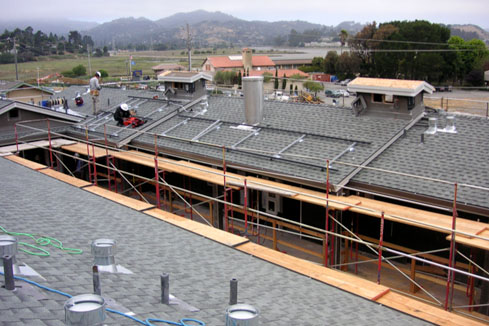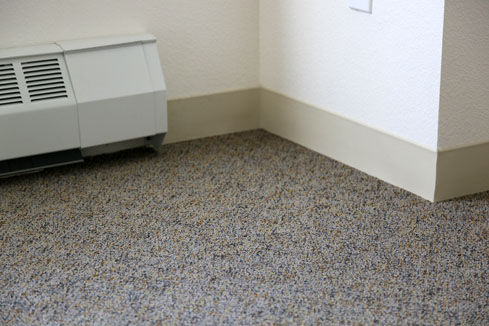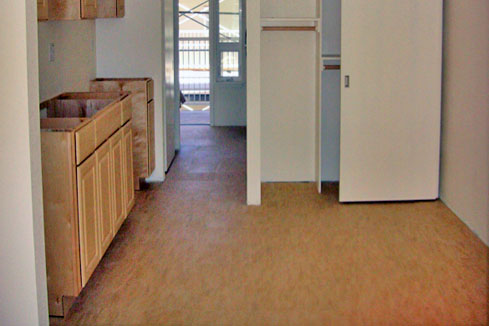
In our article The Story of the Fireside: Seeing the Green in Value Engineering, we discussed how value engineering helps one take a systematic approach to evaluating a building system or product from different perspectives. This feature takes a closer look at the three types of green product categories and how you can evaluate them.


The first category consists of the “low-hanging fruits” which have become main-stream over the past few years. Examples would include no-VOC interior paints, low-VOC exterior paints, formaldehyde-free fiberglass insulation, Energy Star rated appliances, pre-fabricated wooden roof trusses, and interior fluorescent light fixtures. These products provide green benefits with little or no cost premiums, and should be incorporated as standard practice from a value engineering perspective.

The second category of green products consists of systems that are straight-forward choices but carry a cost premium. The green benefits and cost premiums of these products need to be prioritized and weighed against overall project requirements and costs. For the Fireside Apartments, we incorporated FSC certified framing wood and a solar photovoltaic (PV) system into early drawings, but we did not finalize the quantity because it would not substantially affect the drawing details, only the costs. During design and estimating phases of this project, we carried costs for the use of 50% and 100% FSC certified wood, and for a 15 Kw and 30 Kw (the maximum appropriate size for the project) PV system. We weighed their cost scales against that of other green products, and evaluated all green products in terms of their value and long-term environmental impact. After the final construction cost exercise, 50% of the framing wood was FSC certified and a 30 Kw PV system was selected.


The third category involves products which involve trade-offs and require more comprehensive analysis. When it came to apartment flooring, the choices came to linoleum or carpet. The team went through a value engineering exercise that compared the products’ different characteristics. Linoleum, made from rapidly renewable resources, may look institutional and cost more than carpet used in affordable housing, but scores high in long-term durability, life-cycle, and ease of maintenance. Carpet, made with recycled material backing, provides comfort under-foot and a residential feel, but is more susceptible to damage than hard surfaces. Carpet also brings up the choice between carpet tile and broadloom. Material and labor for broadloom often cost less than for tile, but would need to be replaced in full rolls thus wasting much material. Tiles can be easily replaced in sections but bring up the potential mismatch of tile dye-lots and color-wear over time. In the end, we used carpet tile in the bedrooms and linoleum everywhere else, without compromising the value of aesthetics.
While the premium for the flooring choices was relatively low, the costs for other green items were significantly higher. Rather than selecting fashionable green products such as recycled glass countertops, we chose products with long-term performance that enabled us to meet the budget. The bottom line is that one should evaluate which products give the most “green bang for the buck.”





Be the first to comment